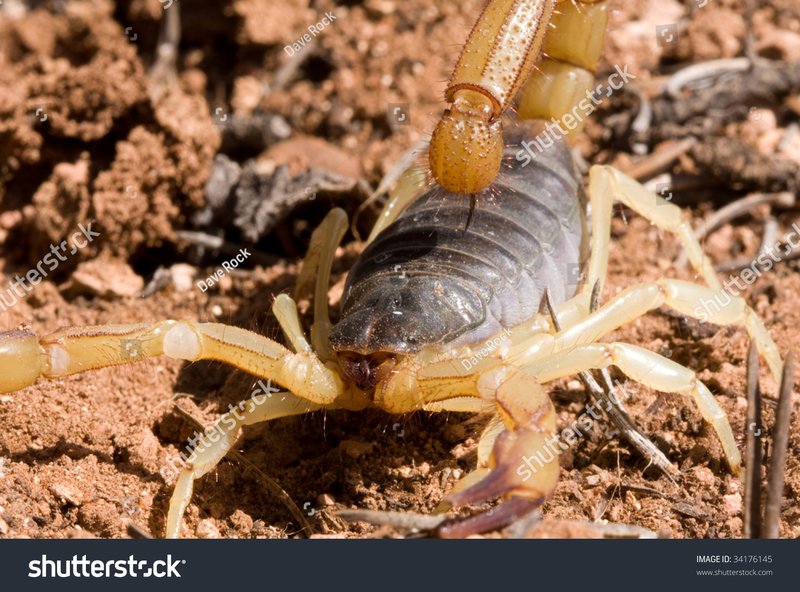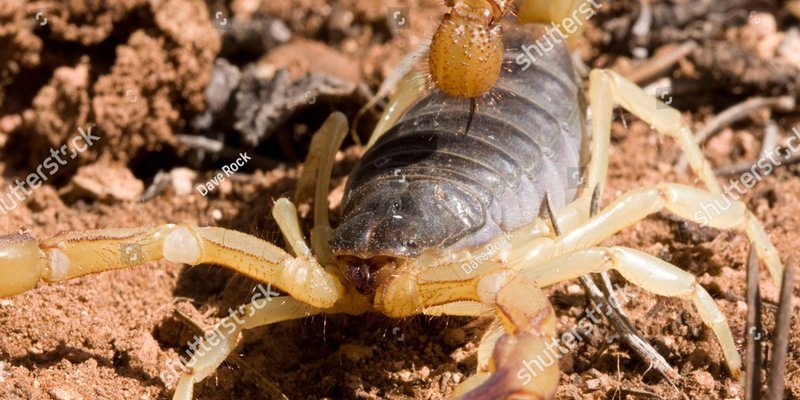
The giant hairy scorpion is a species that captures the imagination of many. With its long, spindly legs, impressive pincers, and, yes, its hairy exterior, it’s no wonder they spark interest. But it isn’t just their looks that make them stand out; it’s also their habitats. Knowing where these scorpions thrive helps us appreciate their role in the ecosystem and perhaps even avoid them if we ever find ourselves trekking through their neighborhoods. Here’s what you need to know about where the giant hairy scorpion is commonly found.
Natural Habitat of the Giant Hairy Scorpion
The giant hairy scorpion primarily makes its home in the arid regions of *North America*, particularly in the southwestern United States and parts of Mexico. This includes states like Arizona, Nevada, and California. These areas are often characterized by dry, rocky terrains and deserts, where the scorpion can easily camouflage itself against the sandy soil and rocky outcrops.
Why do they like these environments? Well, the heat of the desert is a perfect match for their cold-blooded nature, allowing them to regulate their body temperature. Plus, these habitats provide ample hiding spots—rocks, crevices, and even the occasional burrow to retreat into during the day. When the sun sets, they emerge to hunt for food, making the most of the cooler nighttime temperatures.
Desert Ecosystems
In the desert ecosystems, the giant hairy scorpion plays an essential role as both predator and prey. They primarily feed on insects, small rodents, and other small creatures. But let’s not forget, they also fall victim to larger predators like birds and mammals. This predator-prey relationship helps maintain balance within the ecosystem.
It’s fascinating how these creatures contribute to their environments. You might think of them as nature’s cleanup crew, helping control insect populations and providing sustenance for other wildlife. Their presence is a reminder of the intricate web of life that exists right under our noses, often unnoticed.
Geographic Distribution
Beyond just the deserts of the American Southwest, the giant hairy scorpion can also be found across various habitats in Mexico. You might encounter them in places like Baja California or Sonora, where the climate remains similar to their American habitats. The adaptability of these scorpions allows them to thrive in various arid conditions.
In places like *Sonoran Desert* or *Mojave Desert*, the terrain may change slightly—from sand dunes to rocky paths—but the essential ingredients remain the same: heat, limited water, and a diverse range of prey. Each variation offers a unique environment that the scorpions have learned to navigate over time.
Impact of Climate on Distribution
Climate plays a significant role in where the giant hairy scorpion can be found. As temperatures fluctuate with the seasons, their habits might shift as well. In summer, they tend to move deeper into burrows or find shade under rocks during the hottest parts of the day. Conversely, when cooler weather rolls in, they become more active in search of food.
This cyclical pattern is crucial for survival. *You might be wondering how climate change affects their habitats.* As temperatures rise and conditions change, the distribution of the giant hairy scorpion could shift, impacting their ecological role and the species that depend on them.
Behavior of the Giant Hairy Scorpion
When we think about the giant hairy scorpion, it’s hard not to imagine them as fearsome creatures, but they have intriguing behavioral traits that are equally fascinating. For instance, they are nocturnal, meaning they’re primarily active at night. During the day, they like to hide in burrows or under rocks to escape the blistering sun.
Have you ever heard the phrase, “wise as an owl”? Well, in the scorpion world, it might be “smart as a scorpion!” They have excellent camouflage skills, allowing them to blend into their surroundings. This helps them both avoid predators and ambush unsuspecting prey.
Mating Rituals
Mating rituals of these scorpions can also be quite complex and fascinating to observe. During the mating season, males will perform a dance-like courtship display to impress females. This involves grasping the female’s pincers and leading her around in a simple dance. Talk about dedication, right?
After mating, the female will carry her young on her back until they’re ready to fend for themselves. This nurturing behavior showcases a side of scorpions that many don’t typically associate with these creatures. It’s a harsh world out there, and their survival instincts drive them to protect their young.
Threats and Conservation
Just like many other species, giant hairy scorpions face threats from habitat destruction and climate change. As urban areas expand and human activity increases, their natural habitats become fragmented. This impacts their ability to find food and mates, putting pressure on their populations.
Here’s the thing: while they may seem intimidating, giant hairy scorpions are crucial for maintaining the health of desert ecosystems. Conservation efforts aimed at preserving their habitats are essential for ensuring that they continue to thrive.
What Can You Do?
If you’re interested in helping these creatures, support local conservation groups that focus on habitat preservation. Spreading awareness about the importance of desert ecosystems can also make a significant difference. Remember, every bit helps!
In your own backyard, consider creating a wildlife-friendly environment. You might plant native flora that attracts various species, creating a mini-ecosystem that supports not just scorpions but a variety of wildlife.
So, where is the giant hairy scorpion commonly found? In the deserts and arid regions of the Southwest United States and Mexico, these fascinating arachnids play a vital role in their ecosystems. From their unique habitats to their complex behaviors, understanding them helps us appreciate the delicate balance of life in the deserts.
The next time you think about scorpions, remember that they’re not just fearsome critters; they’re an integral part of a greater story. Their survival, like ours, is intertwined with the health of our environments. Let’s do our part to protect them and the incredible ecosystems they inhabit.

